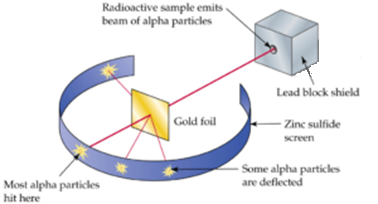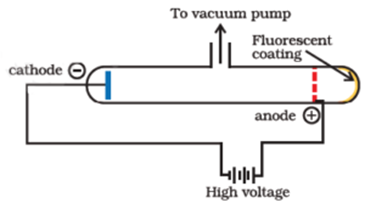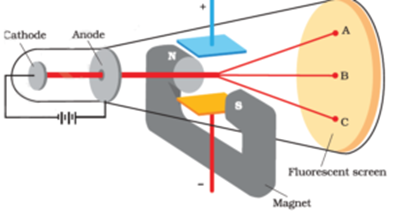Science > Chemistry > Atomic Structure > Rutherford’s Atomic Model In this article, we shall study Thomson’s model of an atom and its deficiencies and Rutherford’s atomic model and its deficiencies. Thomson’s Model of an Atom: J. J. Thomson, in 1898, proposed that an atom possesses a spherical shape (radius approximately 10–10 m) in which the positive charge […]
Categories
Rutherford’s Atomic Model
- Post author By Hemant More
- Post date July 30, 2020
- No Comments on Rutherford’s Atomic Model

- Tags Alpha particles, Atomic mass number, Atomic number, Atomic structure, Beta particles, canal rays, Cathode rays, Charge on electron, Charge to mass ratio, Chemistry, Dalton's atomic theory, Discovery of electron, Discovery of neutron, Discovery of proton, gamma radiations, gamma rays, Isobars, Isotones, Isotopes, Mass on electron, Millikan's oil drop experiment, Mosley's contribution, Natural radioactivity, Neutron number, Neutrons, Protons, Radioactivity, Rutherford's model of atom, Structure of atom, Thomson's experiment, Thomson's model of atom, X-Rays


